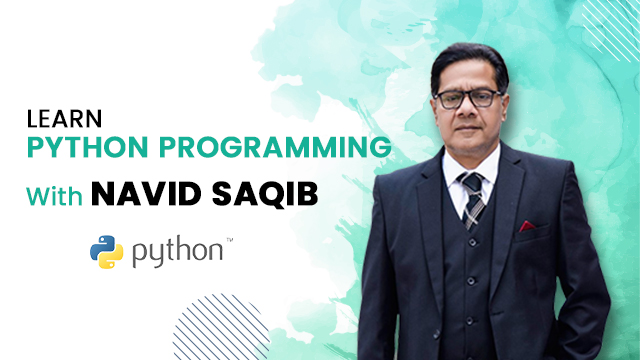Currently Empty: $0.00
Paper 1 – Theory (Typically 2 hours)
0/20
Introduction Paper 2 – Practical (Typically 2 hours) done
0/2
Problem Solving
0/5
Relation of Real Life and Programming done
0/5
Stages of Programming
0/14
Dealing with Constructs
0/24
Question Set 3
0/3
Flow charts – The easy concept
Concept of Validations
0/6
Question Set 4
0/2
Dealing with 1D Arrays
Dealing with 2D Arrays
Linear search with !D Array – The common pattren
Bubble Sort – The common Pattren
Modular Programming – Concept of Procedures and Functions
Handling Errors in Pseudocode
File Handling
File handling – with 1D Array
Logic Gates
Databases
The Program Development Life Cycle (PDLC) is a structured process used to develop software programs efficiently and effectively. It consists of analysis, design, coding, and iterative testing, and the final stage is testing.
Once the analysis is complete, the next step is the design phase. In this stage, the developer plans how the program will work. This includes designing algorithms, deciding on data structures, and breaking the program into smaller modules or functions. Tools like flowcharts, pseudocode, and structure diagrams are often used to represent the program’s logic visually. A good design acts as a blueprint for coding and helps reduce errors during implementation.
After the design is finalized, the coding phase begins. The developer writes the actual program using a programming language, following the design specifications. As each part or module of the program is written, it is tested immediately in a process known as iterative testing. This allows the developer to identify and fix small errors early, which makes the overall development process more efficient. Iterative testing helps ensure that each part of the program works correctly before moving on to the next.
In the final stage, the completed program undergoes full testing to check if it meets the original requirements. Different types of tests are conducted, such as unit testing, integration testing, and system testing. The goal is to ensure that the program runs correctly in all scenarios and handles unexpected inputs gracefully. Any remaining bugs are fixed during this stage.Successful testing confirms that the program is ready for deployment or delivery to the user.

